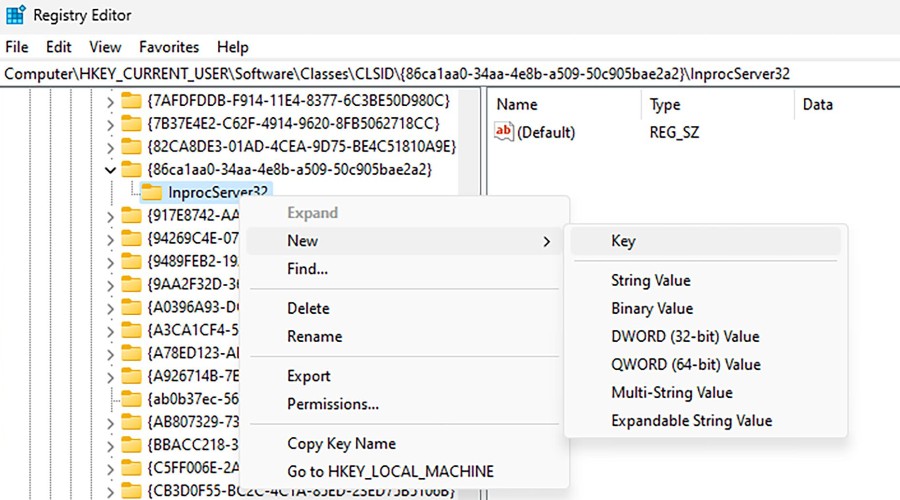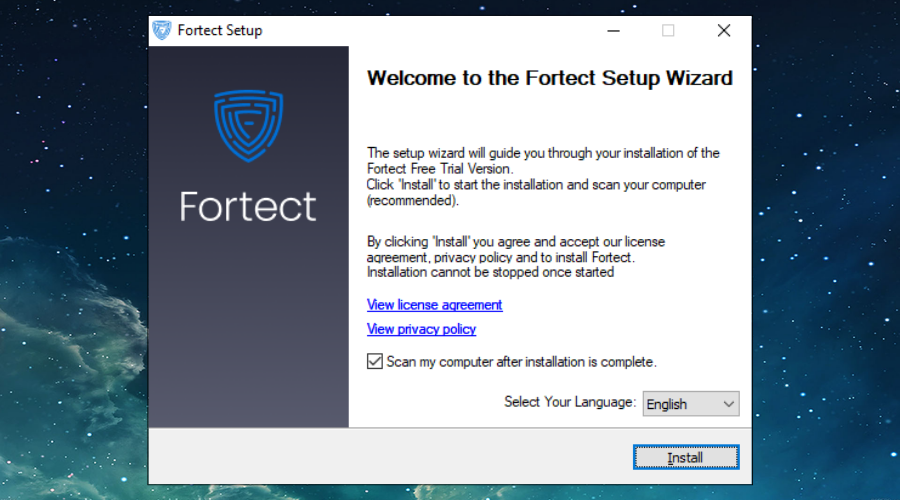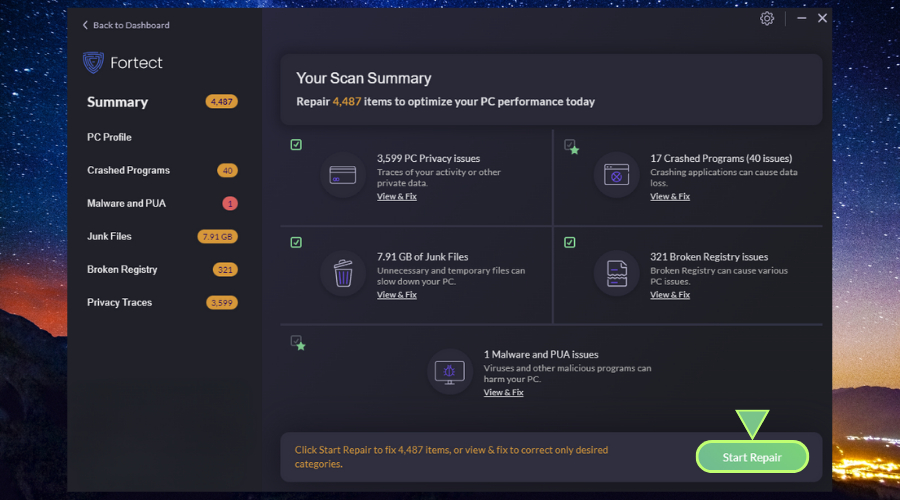Windows 11 System Restore isn’t Restoring the Registry: Quick Fixes
The Windows 11 registry is like a database that stores various configurations, preferences, and data that the system needs to function properly. It’s like a centralized control panel that tells Windows how to start up, which programs to run, where the system files are located, and much more.
If the Registry is incorrectly modified or becomes corrupted, it can cause all sorts of problems, from the Blue Screen of Death to software being unable to run.
One common solution is to use a restore point, but what happens when Windows 11 System Restore isn’t restoring the registry properly?
I recently faced this problem and discovered a number of potential fixes. Here’s everything you need to know.
Why does Windows 11 System Restore not repair the Registry?
A restore point is simply a snapshot of your system from a certain point in time. If you had Registry problems at that time, they will remain after restoration. Furthermore, malware, which is often the cause of a corrupted Registry, might still be present after using a restore point and will simply re-attach the Registry.
How to restore the Windows 11 Registry?
There are several steps you can take to repair the Windows Registry. First, it’s a good idea to:
Scan for Malware – Perform a full system scan using Windows Virus & threat protection or another reputable antivirus to ensure it isn’t viruses causing Registry damage.
Update Windows – Make sure you have the latest Windows updates installed or that the previous update didn’t fail and damage the Registry in the process.
Update Software – All software is stored in the Registry, so if a particular program is crashing due to registry errors, updating, or even reinstalling it can reapply the correct entries.
Try another Restore Point – If you have a long schedule of restore points, you can always try an earlier date to see if it restores the Registry correctly.
1. Use the Registry Editor
Windows has a built-in Registry Editor that lets you manually edit entries, keys, and other aspects of the Registry. It’s not advised to do this unless you are an experienced user and have a specific guide for your problem. Otherwise, you could damage it further and cause more Windows errors.

With that in mind, here’s how to open the Registry Editor on Windows 11:
1. Use the start menu search bar and type Registry. You should then see the Registry Editor in the results.
2. Once the Registry Editor is open, you can navigate to the desired registry key using the tree view on the left side of the window.
3. To edit a registry value, double-click on it and make the desired changes.
The Registry Editor also lets you back up and restore the Registry in case something goes wrong.
2. Use a Registry Repair tool like Fortect
A good Registry repair tool like Fortect automatically fixes corrupted entries while deleting old data that is no longer needed. I.e., old references to long uninstalled software. The benefit is that you do not have to worry about making manual edits and messing something else up.
1. Download and Install Fortect on your PC.

2. Launch the software and Start scanning.

3. Fortect will find problems with broken registry items, missing DLLs, corrupted system files, and other Windows problems.

4. Click on Start Repair to start replacing and repairing files and registry entries automatically with working versions from its database.
Fortect also clears your computer of unneeded and temporary files taking up space, highlights potentially unwanted programs that could be malware, and gives a good summary of your hardware and software issues.
What’s more, if System Restore wasn’t working correctly because Windows was corrupted, Fortect might even fix the system so System Restore can effectively restore the Registry the next time you need to.
Final thoughts when Windows 11 System Restore isn’t Restoring the Registry
The Windows Registry is a vital part of a functioning computer, so it’s important to restore or repair it when things go wrong. If Windows 11 System Restore isn’t doing the job, you can try doing it yourself. However, the safest option is to use a Registry fixer like Fortect to do it automatically.




![6 Best Registry Repair Tools for Windows PCs [Tested]](https://wp-cdn.fortect.com/uploads/2023/03/10100957/fortect-registry-1-425x300.jpg)